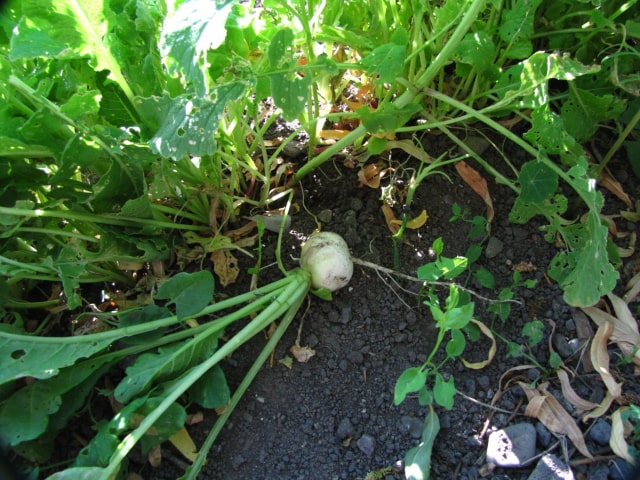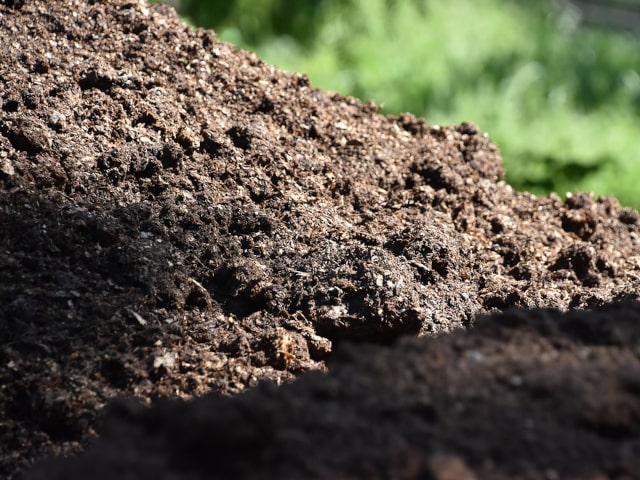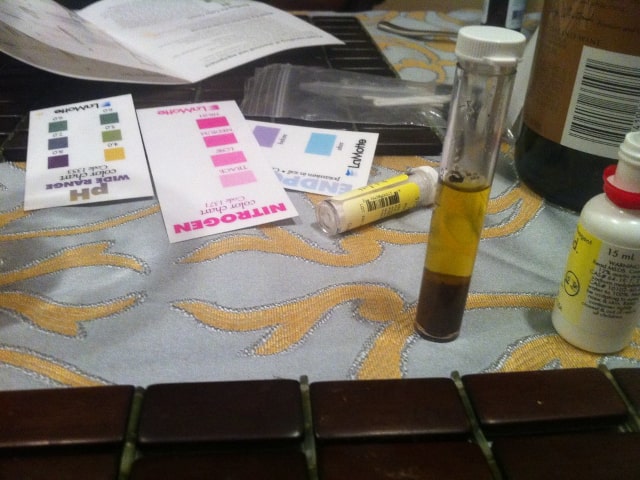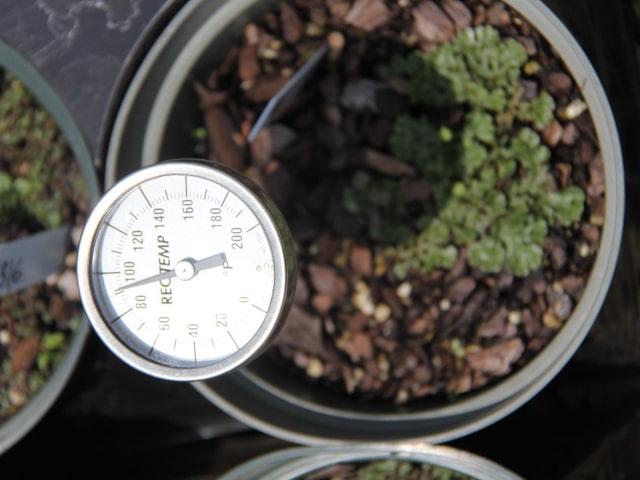
Radishes can be used very effectively to test soil quality. It is somewhat similar to way canaries have been used in coal mines. Coal miners used to take canaries into mines so the birds could act as early warning signals of toxic gases and fumes. If a bird became sick or died, miners knew there was something wrong about the quality of the air they were breathing.
Something similar can be done to test the quality of your garden soil. To test your soil effectively, all you need to do is grow some radishes. Radishes can't detect potential toxins in the soil, but they can give you insight into what is lacking in your garden soil. This way, they can save you time and money before you start planting the other plants.
Testing soil quality is more important for some plants than for the others. For example, bonsai require excellent soil. They are so small and contained in small pots with minimal amounts of soil. Therefore, it's important to make sure the soil used is of the best quality and that it contains all of the needed nutrients. Many other plants don't need soil of such a quality, but it's always useful and important to test your soil quality.
There are many reasons why you might want to test your garden soil. Perhaps you inherited it in your community garden plot, or maybe you simply cannot remember when you last amended the soil in your garden. Testing with radishes will give you some insight on what's in the soil.
Radishes are the best to use in this experiment because of several reasons. Their seeds are cheap so this is a very inexpensive option to test your soil. Also, radishes are good because they sprout quickly so you will have your results in no time. Another advantage to using radishes is that they are sown directly into the soil early enough in the garden season that you will still have enough time to grow other plants once you have tested your soil with radishes.
Testing Your Soil
It's very easy to test you garden soil using radishes. All you need is some inexpensive radish seed and a soil you wish to test. It can be in a container garden, raised bed or plot of land.
To test your garden soil with radishes, perform these steps:
- Plant the radish seed in the soil you wish to test. Follow the instructions on the seed packed carefully to ensure the best results.
- Water your radishes regularly and make sure to keep them moist until they sprout.
- When you have seedlings continue with the best care you can provide, but don't fertilize them.
- As your radishes grow, observe them carefully. Make note of any pests and diseases. Your observations are very important so you may even write them down.
- In about 30 days your radishes will be ready to harvest.
After you harvest them, it's time for final inspection. If the radishes are matured and healthy, it's a sign your soil is of a good quality so you can plant other gardening plants. It's still advisable to freshen up the soil by adding some compost or use fertilizer in a way that's appropriate for specific plants you wish to grow.
On the other hand, if there are some problems observed with your radishes it's a warning sign there is something wrong with the soil. For example, if your radishes fail to produce a vegetable root but they still have a healthy top it is a clear sign your soil lacks potassium and phosphorus. Yellow and unhealthy-looking (chlorotic) leaves signal that your soil lacks trace minerals and elements such as iron, sulfur or nitrogen. You will have to amend for those deficiencies before you can grow other plants in the tested soil.
Using this simple test, you can determine the quality of your soil before you use it for growing other plants. However, note that the radish test can't test your garden soil for the presence of toxins.
Photo credit: Bryant Olsen




0 Comments